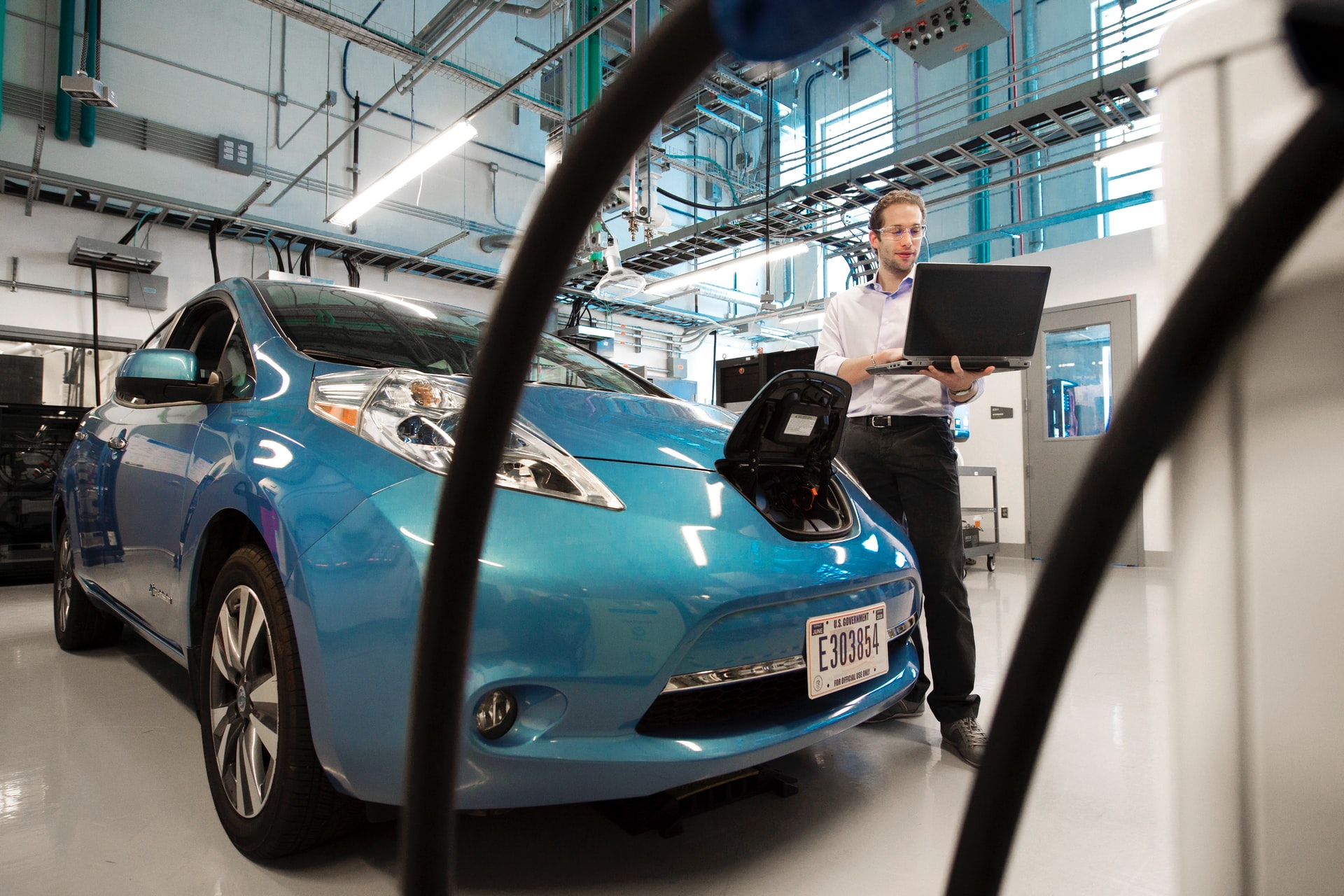While the new administration’s proposed infrastructure plan has not passed Congress yet, it’s become clear that electric vehicle (EV) production and grid expansion is gaining steam and will continue to do so in the years to come.

“The climate crisis was the catalyst that changed the trajectory of the industry,” wrote Osterweis Capital Management’s co-chief investment officer, core equity, Larry Cordisco alongside analyst Andrew Chang in a recent piece. They see the transition from fossil-fuel-powered vehicles to EVs as a secular shift as government intervention, falling battery prices, increased commitment from auto companies and shifting customer preferences create strong tailwinds for EVs.
While the automotive industry is typically cyclical, “most analysts believe that EVs have hit an inflection point, and expectations for the industry are higher than ever,” noted the authors. “We share this view and believe EVs are poised to become a major secular growth trend, similar in scale to mobile phones or the internet. Like those other innovations, EVs are a fundamental paradigm shift that we expect both consumers and businesses to embrace for years to come.”
While Europe and Asia were ahead on EV adoption, the U.S. has recently made strides to prioritize environmental, social and governance (ESG) issues. The latest infrastructure proposal includes $174 billion to promote the adoption and production of EVs, $45 billion to acquire EV fleets for government agencies and $15 million to build out a national grid of 500,000 EV charging stations.
Many countries and governments have enacted timelines by when they’re banning any sales of internal combustion engine (ICE) vehicles. Norway is the leader with a set goal of 2025, followed by Denmark, Germany, Iceland, India, the U.K and Sweden by 2030. California, New York, Japan and Thailand plan to stop all ICE sales by 2035, while New Jersey, Canada, France, Spain, and Singapore have 2040 as a target date, according to the report.

Besides government regulations, car manufacturers have also been under immense pressure from consumers.
“Even in a year where total auto sales were down 16 percent due to COVID, EV sales managed to grow 43 percent in 2020,” wrote the authors based on data provided by Bloomberg. “Market share is still small–only 4 percent of all vehicles sold–but in our view, that percentage will change markedly over the next few years.”
As EVs become more affordable, while providing reduced carbon emissions, their adoption will continue to grow. Their lower maintenance, cheaper operation and a faster and quieter run are some of the factors that appeal to consumers, the authors point out.
In addition, consumer demand is accelerating the overall ESG and infrastructure trend, said Tim McGrath, managing partner at Riverpoint Wealth Management: “If consumers are spending money and money is spent by governments on the infrastructure … There’s an incredible amount of pressure for organizations, companies and boards to really do the right thing.”
He said that while in the past, making money was the most important goal, now making money “the right way” is the primary driver of the secular changes we’re seeing.
“The younger generation, they speak with their wallet,” said McGrath. So, they’re going to spend the money and consume goods with a message that it needs to be carbon-neutral, good for the environment, and good for society. “The combination of all of that is going to have a rippling effect,” he added.
Also, falling battery costs are making EVs cheaper to produce. Batteries make up nearly one-third of an EV price. From 2013 to 2020, the average battery pack price has declined by 80 percent, according to BloombergNEF.
“By 2023, a 300 mile-range battery should cost about $7,500, which would allow carmakers to produce an electric vehicle priced below the magical $30,000 price point,” noted the Osterweis authors.
Finally, car manufacturers “realize that EVs are the future of the industry and cannot hold onto the hope that traditional vehicles come back into vogue,” they stated. BMW, Daimler, Ford, GM, Honda and Volkswagen said that between 40 percent and 100 percent of their sales will be electric by 2030 to 2035.





